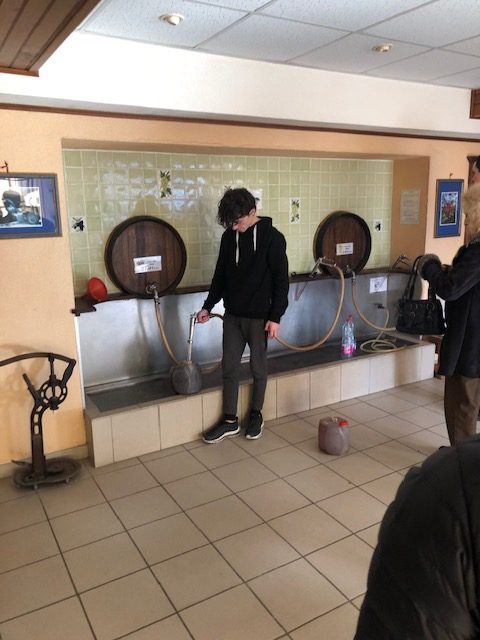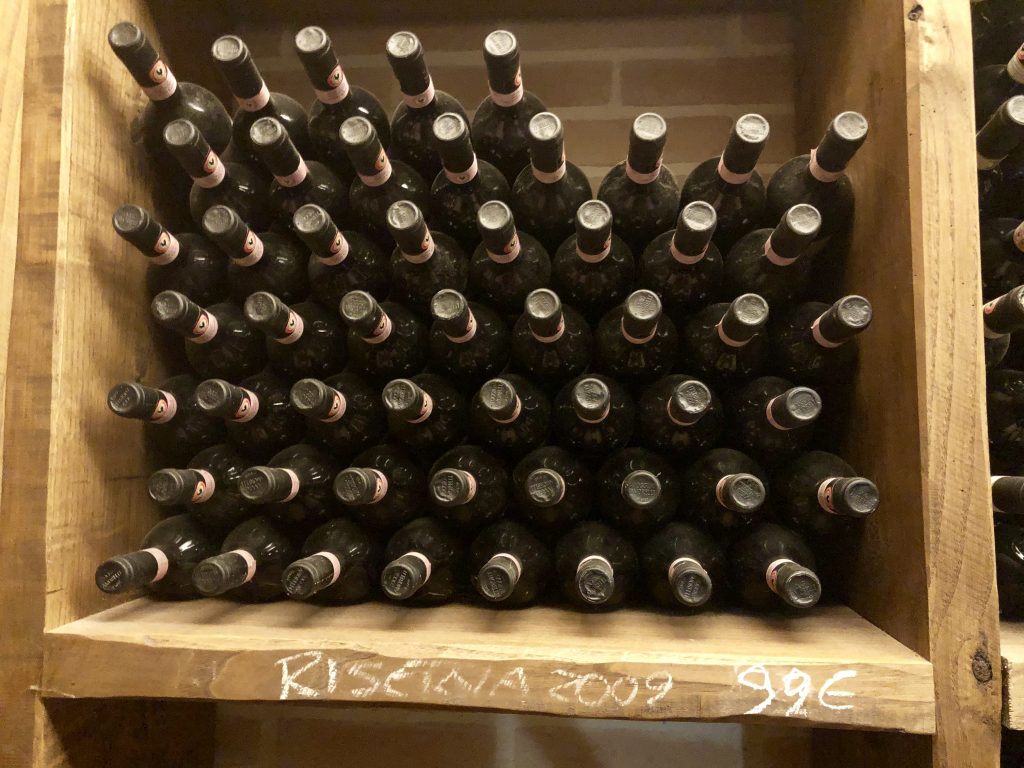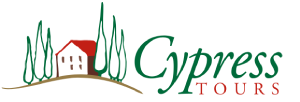What may sound sacrilegious or a bad new idea has sort of been around for thousands of years.
While most of my research and travels focus around Italy, some subjects – like wine – transcend borders and timelines.
I read a recent article in Food & Wine that caught my eye: “Wine to go; are wine growlers the next big thing?”

It goes on to say that wine in a jug is a hard sell for many wine drinkers, but also suggests that if it’s a trusted wine producer, maybe a refillable jug would be a responsible and cost-effective move. Curiously, it says the idea dates back to my home state, Idaho, when it ended glass recycling in 2008. Pend d’Oreille Winery in Sandpoint, near the Canada border, set up the country’s first modern re-fill program as a way to reduce waste. Currently, that winery produces the annual equivalent of 1,500 cases for its re-fill station. Do the math; that’s a LOT of bottles not going to the landfill.
Programs are growing across the country that boost sustainability, reduce waste and slash bottling and labeling costs (and savings are passed on to customers). But I hear two schools of thought locally and in my travels.
There are purists who believe wine belongs in a bottle. And there’s something viscerally pleasing about uncorking a bottle.

I’ve asked small-lot producers in Italy if they would ever provide wine in a box to provide more product at a lower cost and they scoff – offended at the idea. Some provide magnums and other larger-bottle options, but they’re content with the evolution in the industry to provide neat and tidy corked bottles; never mind that a family might go through 12 bottles at dinner.
Others I’ve asked are part of co-ops where they grow grapes on their estate and pool them with neighbors to make wine – and refill their bottles from year to year or fill their 10-gallon demijohn to last them a month or two. It’s fun to sit down at a dinner and have them bring bottles of their wine to the table without a label. Suffice it to say – the mystery wine is typically outstanding.

Now rewind a few thousand years. The discovery of wine production and storage, in an area that includes Sicily, Greece and Turkey, dates back to at least 4,000 BC. Even older in eastern Europe. Storage then was in clay amphoras or giant jars, filling pitchers to serve wine at meals. Wine was drunk fairly young, but quality – depending on grape and appellation, just like today – varied significantly. We have the Romans to thank for establishing a precursor of the appellation system identifying geographic, geologic and grape varietal regions. Eventually they further refined storage, aging and serving to the present-day wine bottle.
Bottles make it easier to control temperature, light, storage, aging, oxidation and more. But there are still ways to do that in barrels and tanks – and fill the bladders that get boxed up or directly fill your own growler. In a sense, wine has gone full circle. The important thing is that it’s still part of our dining experience 10,000 years later.
I’m off tomorrow to southern Italy and southern France. Doing more wine research, as well as historic, cultural and gastronomic studies. ; ) Getting ready for three group tours there this year. Photos to come soon on Facebook, Instagram and email!
Enjoy your Super Bowl Sunday,
Lynette (2/2/20)
